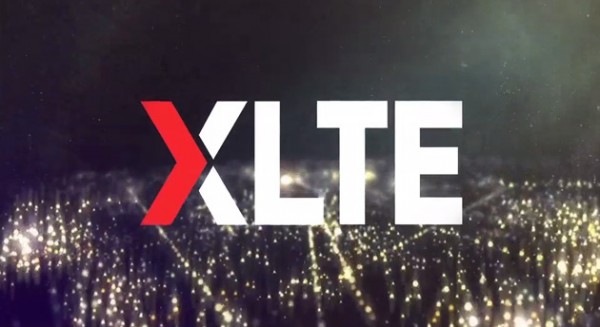
T-Mobile has boasted it’s speed tested LTE is the fastest in the industry, but Verizon is about to leverage is behemoth spectrum holdings for even faster LTE.
Sprint may have been the first carrier to launch a 4G network with their WIMAX network, but Verizon was the first to launch the first superior 4G LTE network. Verizon’s LTE rollout also included a much larger coverage area and the carrier still boasts the largest LTE Network in the world (for now).
The United States Government licenses spectrum through spectrum auctions and Verizon has found themselves in the fortunate position to have been the highest bidder on all the available 700Mhz spectrum nationwide, which not only allows them to launch a national network without having to worry about as many frequencies as competitors, but the spectrum that they own is also enables them to support much more bandwidth than other carriers.
In 2012, Verizon bought up a large chunk of AWS spectrum, which is traditionally reserved for cable companies. It was beginning to look like Verizon was turning into a spectrum hoarder, but the Big Red carrier has finally announced network enhancements that will utilize their treasure trove of wireless Spectrum. XLTE.
XLTE is not yet 5G. It’s just a faster and rebranded version of LTE, similar to Sprint Spark. Verizon claims that XLTE will have double the bandwidth and be capable of surpassing the peak speeds of its current 4G LTE network. Anyone already on Verizon will know that the carrier already has quite capable coverage with proficient speeds, but with the exponential increase in data use from mobile media streaming and video chat, XLTE helps keep Verizon ahead of the curve.
The blazing speeds will be available in 44 states at launch and cover a large number of existing devices, meaning a full 35% of phones will support XLTE right out the gate.
The massive speeds and reliability promises for Verizon are definitely attractive, but it is also one of the few carriers in the United States not currently offering unlimited data plans. This means that at peak speeds, the typical 2GB data cap could hypothetically be surpassed in under 5 minutes. Obviously that doesn’t match the typical data use pattern, but it is an example that such speeds aren’t much use if the available plan data does not support consistent use of the high speeds.
Hopefully more carriers find a way to support increased or unlimited data pools, otherwise their promises of blazing speeds, which are only going to increase in speed over the years to come. It is possible the combination of high speeds with matching high data caps won’t be the norm until Google expands its fiber service to include wireless coverage.
Either way, speeds are going to continue to increase, following the example set by Verizon, and features that harness that speed won’t be far behind. The wireless industry is fast moving in more ways than data speeds and the offerings available in the next few years are quite enticing.
Source: Engadget
Be social! Follow Walyou on Facebook and Twitter
Read more on Walyou, Sprint Exclusive HTC One M8 is the Phone for Audiophiles, Google Fiber is About to Go WiFi